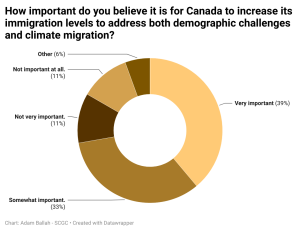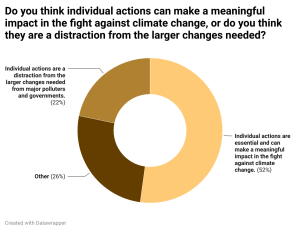Perhaps the most prominent argument opponents of the carbon tax have made is that it is making life more expensive.
The government has a few things going against it when it comes to countering these claims.
There are obvious and unhelpful connotations that come with anything called a “tax”, and in that respect (as well as in others) the government has done a pretty poor job marketing the policy.
Then there’s the experience of high inflation post-pandemic, which remains a big concern for many, and rightly so.
Fuel, and a degree of legitimacy, was added to this argument last summer with a report from the Parliamentary Budget Officer (PBO) that, on its surface, seems to confirm that the carbon tax is a net cost for Canadians.
While the answers the report provides aren’t strictly wrong, the questions it asks, are.
The PBO looked at two broad factors – whether the carbon tax paid and the rebate received resulted in individuals having more or less money at the end of the day.
For this question it found that yes, the carbon tax, combined with the rebate, known then as the “Climate Action Incentive Payment”, resulted in more money for the majority of Canadians. (Moreover, the rebate program is progressive, meaning that, by giving more to those with lower incomes, it also helps to address economic disparity.)
The second question the PBO looked at was whether, once the carbon tax was factored into economic productivity, and the gains that Canadians could expect under growth scenarios without a carbon tax, whether, in such a scenario, they would have more or less money.
For this, second, question, the PBO found that when the growth + carbon tax scenario was compared to the growth – carbon tax scenario, Canadians would have more money in the one without a carbon tax.
Astonishingly, what the PBO did not do was include modelling of the costs that climate change will have on Canadians and how those costs will impact the growth scenarios used.









